Bismarck Palm (Bismarckia nobilis) is a stunning tree from the Arecaceae family, originating in the northern and western regions of Madagascar. This woody, fan-shaped palm stands out for its elegant appearance and impressive size, making it a favorite choice for gardeners seeking a striking focal point. With its stout trunk and symmetrical crown, the Bismarck Palm is as functional as it is beautiful, adding both shade and aesthetic appeal to any landscape. Its noble stature and unique features have made it a highly desirable addition to gardens and outdoor spaces.
| Common name | Bismark Palm |
| Botanical name | Bismarckia nobilis |
| Family | Arecaceae |
| Species | nobilis |
| Origin | Northern and Western Madagascar |
| Life cycle | Woody |
| Plant type | Tree |
| Hardiness zone | 8, 9 |
| Sunlight | Full Sun |
| Maintenance | High |
| Soil condition | Clay |
| Soil ph | Acid |
| Drainage | Well-Drained |
| Growth rate | Slow |
| Height | 2- 40 ft. |
| Flower color | Brown, Copper |
| Leaf color | Blue |
| Fruit color | Brown, Copper |
| Fruit type | Drupe |
| Leaf benefit | Showy |
| Garden style | Drought Tolerant Garden |
| Uses | Lawn |
I. Appearance and Characteristics
Bismarckia is a monotypic genus of flowering plant in the palm family endemic to western and northern Madagascar, where it grows in open grassland.
The genus is named for the first chancellor of the German Empire Otto von Bismarck and the epithet for its only species, Bismarckia nobilis, comes from Latin for ‘noble’.
Bismarckia nobilis grows from solitary trunks, gray to tan in color, which show ringed indentations from old leaf bases. Trunks are 30 to 45 cm in diameter, slightly bulging at the base, and free of leaf bases in all but its youngest parts. In their natural habitat they can reach above 25 meters in height but usually get no taller than 12 m in cultivation.
The nearly rounded leaves are enormous in maturity, over 3 m wide, and are divided to a third its length into 20 or more stiff, once-folded segments, themselves split on the ends. The leaves are induplicate and costapalmate, producing a wedge-shaped hastula where the blade and petiole meet. Petioles are 2–3 m, slightly armed, and are covered in a white wax as well as cinnamon-colored caducous scales; the nearly-spherical leaf crown is 7.5 m wide and 6 m tall.
Most cultivated Bismarckias feature silver-blue foliage although a green leaf variety exists (which is less hardy to cold). These palms are dioecious and produce pendent, interfoliar inflorescences of small brown flowers which, in female plants, mature to a brown ovoid drupe, each containing a single seed.
Bismarck palms are grown throughout the tropics and subtropics under favorable microclimates. They are grown in many parts of Indonesia, Australia, as well as in landscaping in the United Arab Emirates. In the United States, they are planted in several areas of Florida, a few areas of Southern California, southern and southeastern Texas, and southern Arizona. Bismarck palms will suffer from cold damage but they quickly recover.
The green variety is more cold sensitive than is the silver-gray variety. The green variety is damaged at 0 °C (32 °F), but the silver-gray variety will tolerate −3 °C (27 °F) and will recover from −6 °C (21 °F). While Bismarckia tolerates some drought, they thrive in areas with adequate rainfall. Because of their massive crowns, they need plenty of room in a landscape area.
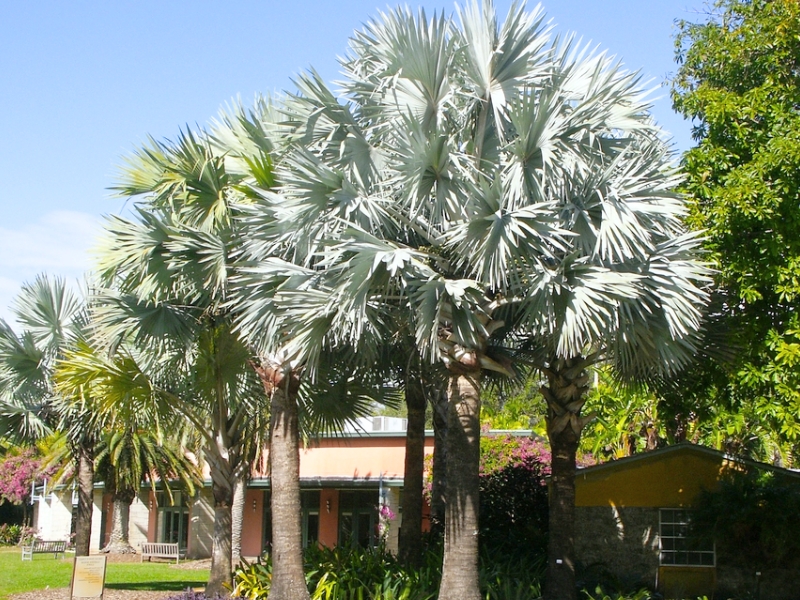
II. How to Grow and Care
Sunlight
Bismarck Palm thrives in environments with full sun exposure, where the intensity of light promotes healthy growth and foliage development. While bismarck Palm exhibits a remarkable tolerance for partial sun, it is important to note that insufficient light may result in slower growth and reduced vitality. The broad, silver-green leaves adeptly capture sunlight, optimizing photosynthesis. In outdoor settings, bismarck Palm should be positioned to receive several hours of direct sunlight each day. This ensures robust health and the preservation of its majestic appearance, which is a hallmark of the species.
Watering
Originating from the arid regions of Madagascar, bismarck Palm has adapted to thrive with minimal moisture, exhibiting a high drought tolerance. This species prefers infrequent watering, ideally once every 1-2 weeks, to mimic its natural dry habitat conditions. As an outdoor plant predominantly found in warmer climates, bismarck Palm benefits from a well-draining soil that prevents waterlogging, essential for its health during the rainy season.
Fertilizing
For healthy growth, fertilize bismarck Palm regularly with balanced nutrition during the growing season. Apply high nitrogen fertilizers quarterly to encourage lush foliage. Administer in accordance with label instructions to avoid root burn. In winter, reduce feeding as bismarck Palm’s growth slows. Always water thoroughly post-application; this assists in distributing nutrients and prevents fertilizer accumulation. Adequate fertilization ensures vigorous bismarck Palm with optimal appearance, offsetting their slow-growing nature.
Pruning
To groom, you may remove dead leaves at any time of the year; however, take only the ones that are completely dead. Pruning partially dead leaves attracts pests and leaves your palms vulnerable to damage and infestation. Once a palm becomes infested, it is almost certainly irreversible.
Propagation
From a seed
- Propagate from freshly harvested ripe seeds though germination rates are quite low. Use bottom heat and sterile medium.
- Bismarck Palm seeds are known to be difficult to sprout. May take weeks to begin germination.
- Consider soaking seeds for a few days before planting.
From a pup
Transplant young pup offsets carefully in early spring using a sharp sterilized tool. Plant the offshoot in filtered light and good soil.
Transplanting
Bismarck Palm typically propagates through sowing in the spring season. Considered moderately difficult to propagate, successful signs include healthy seedling emergence. Make sure the seeds are fresh and use well-draining soil for optimal results.
Repotting
Repot bismarck Palm every 1-2 years to accommodate its robust size. Aim for early spring, leveraging its growth spurt. Select large, sturdy containers with drainage to match this palm’s statuesque silhouette. Post-repot, ensure bright light and moderate watering. Unique care: avoid root disturbance. Friendly tip: patience rewards with a grand display!
Pests and Diseases
Ganoderma Butt Rot: a fungal disease known to affect the lower trunk of Bismarck palms.
Palmetto Weevil: causes fronds to turn brown and die.
For other pests consider applying a spray on pesticidal horticulture oil.
Find Where to Buy the Best Bismark Palm (Bismarckia nobilis)

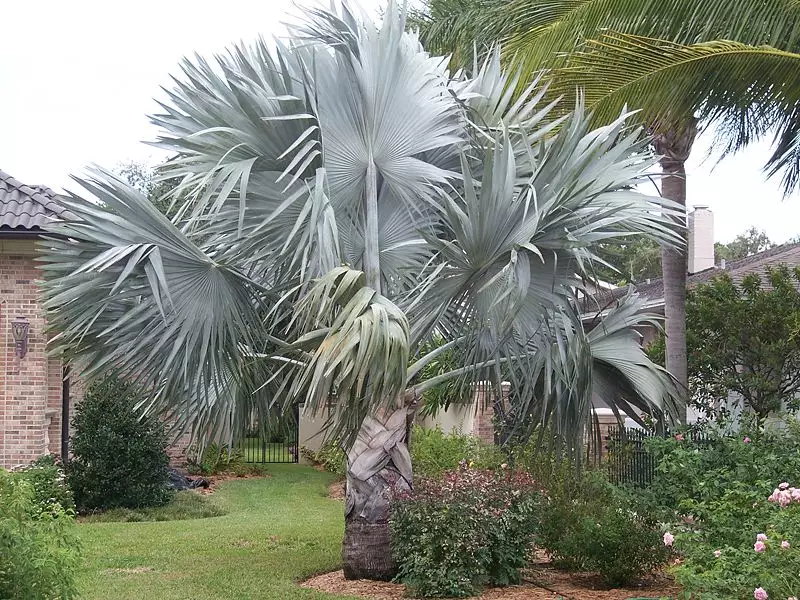

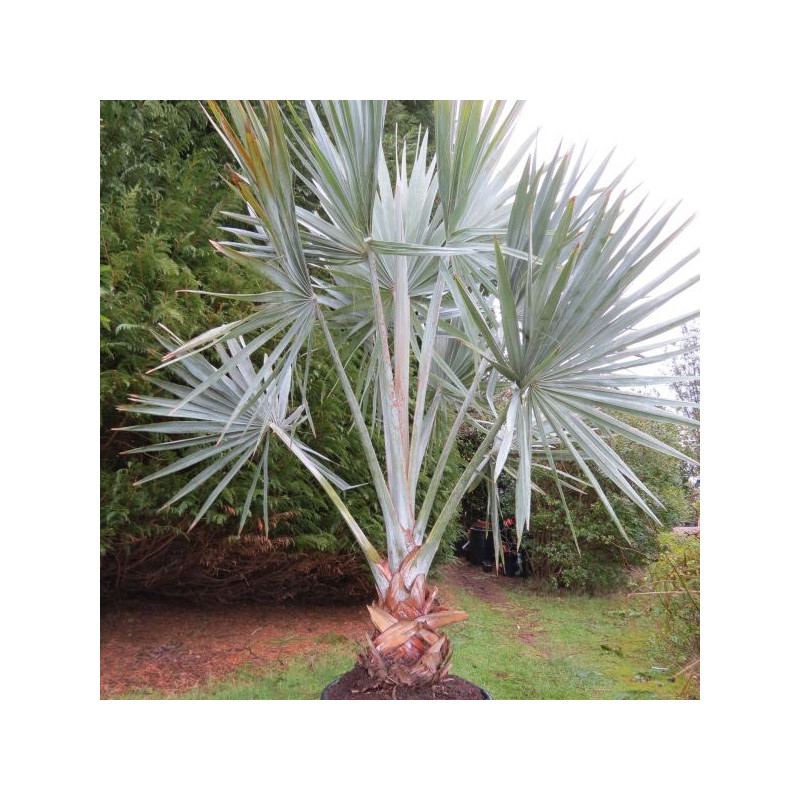



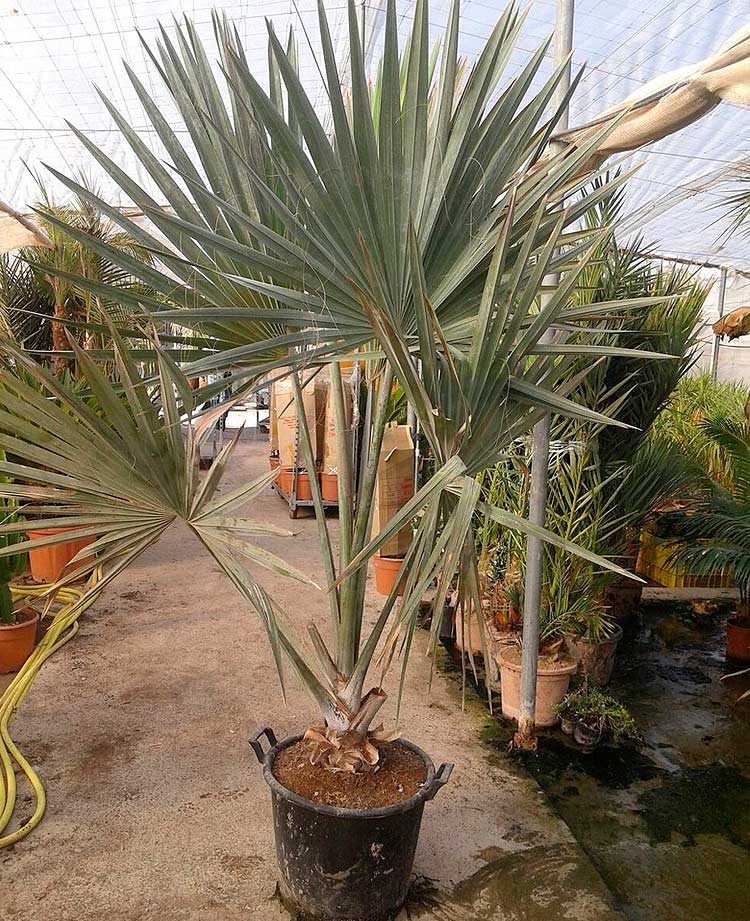


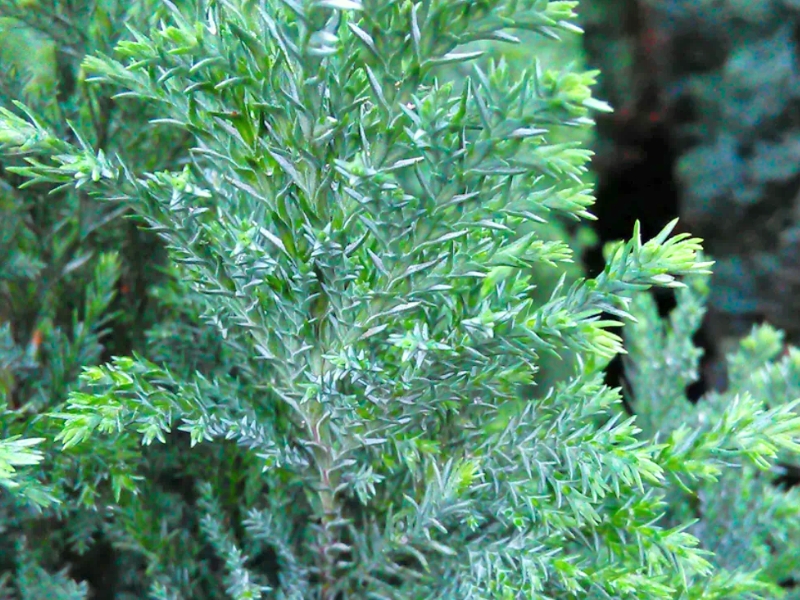
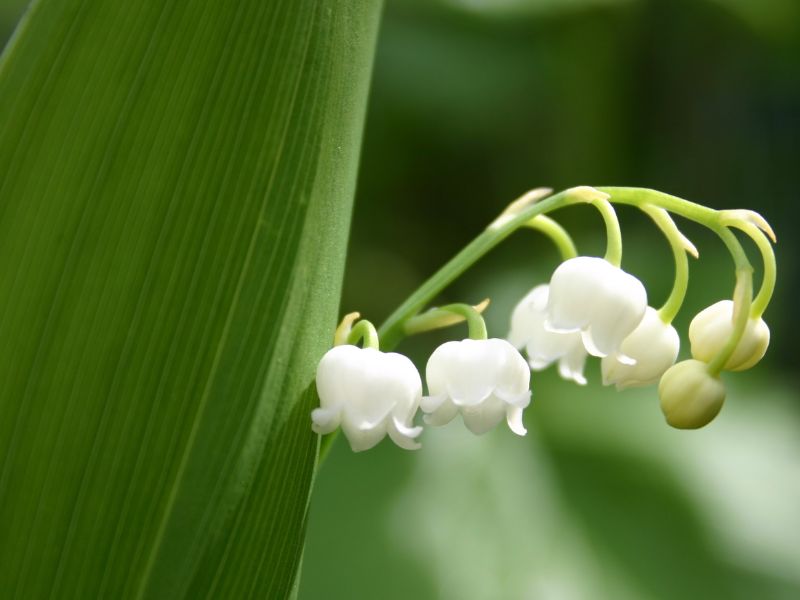
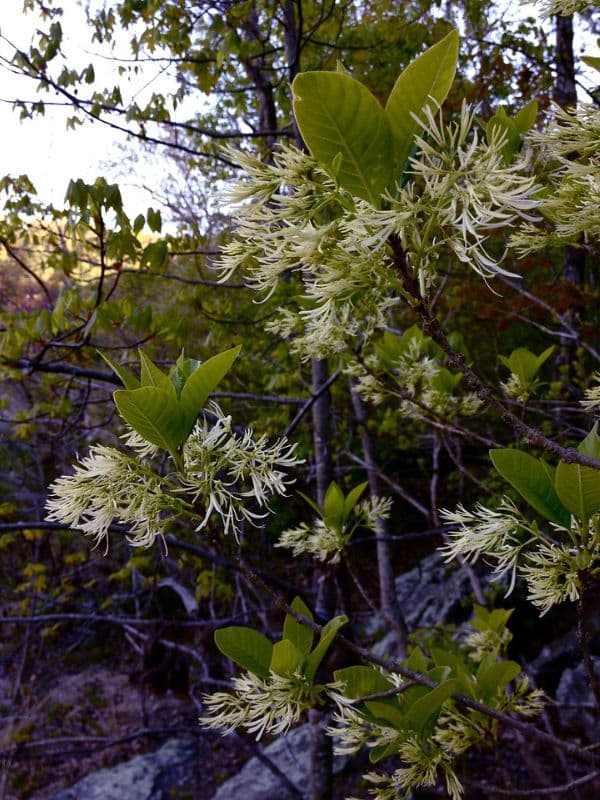
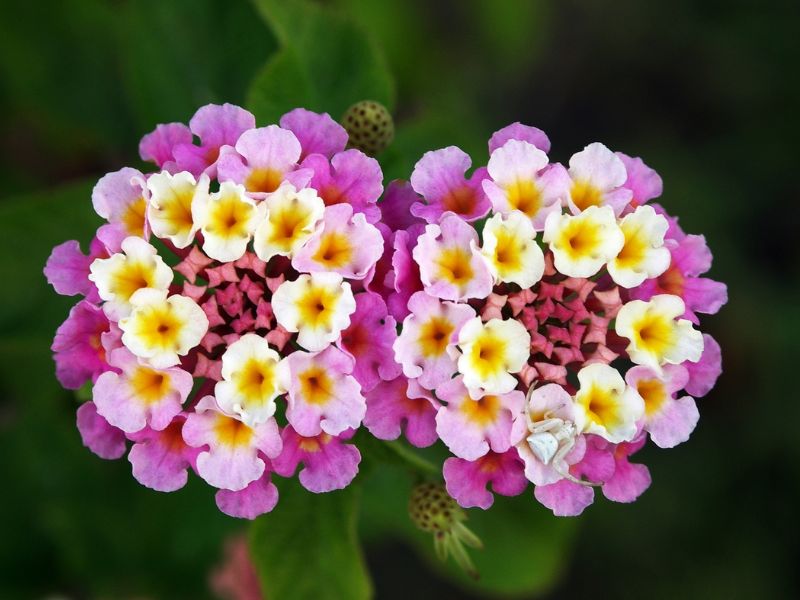
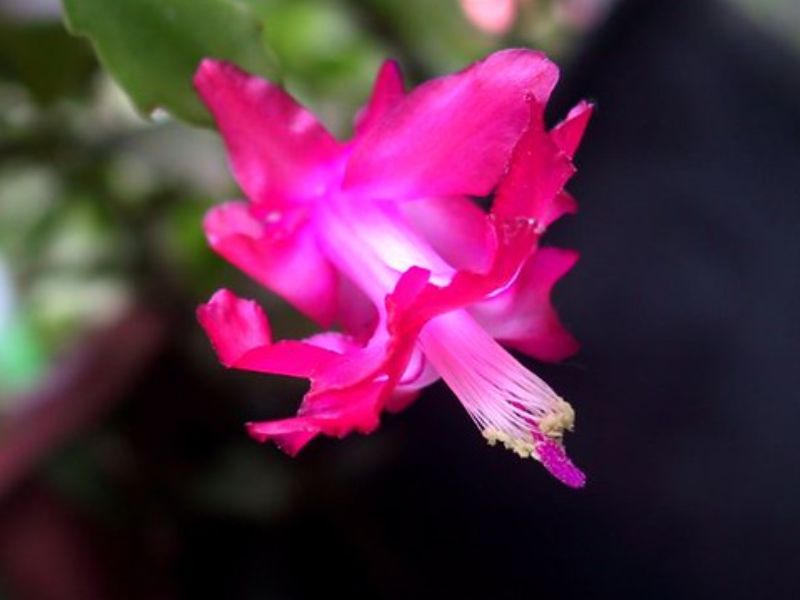
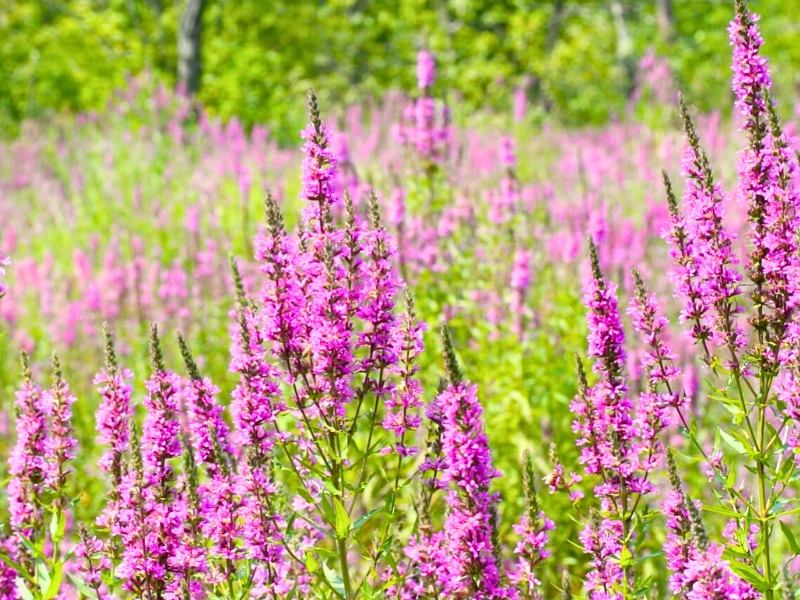
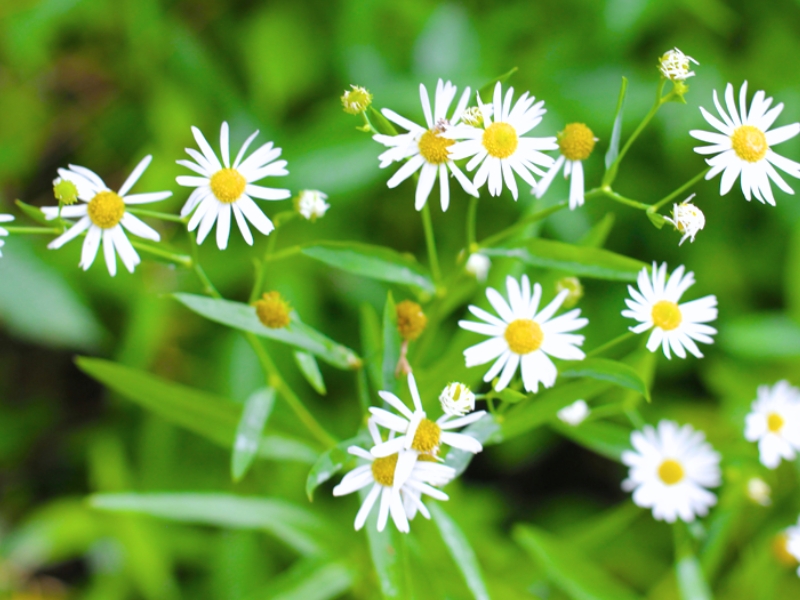
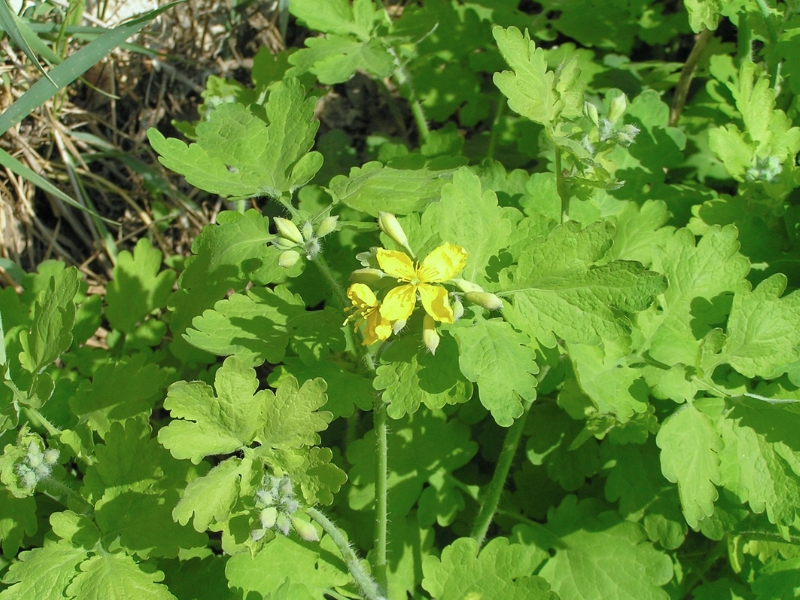
Leave a Reply